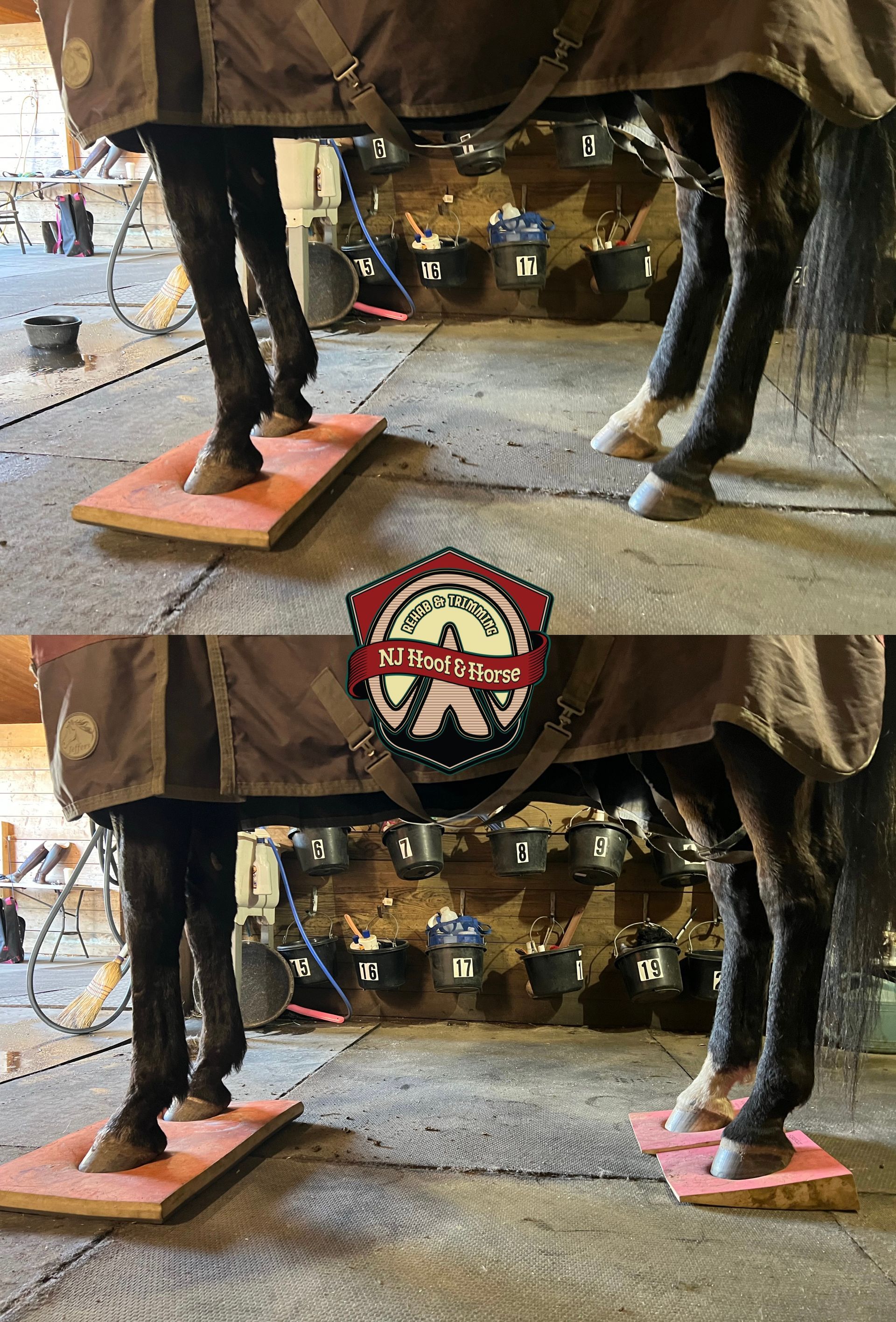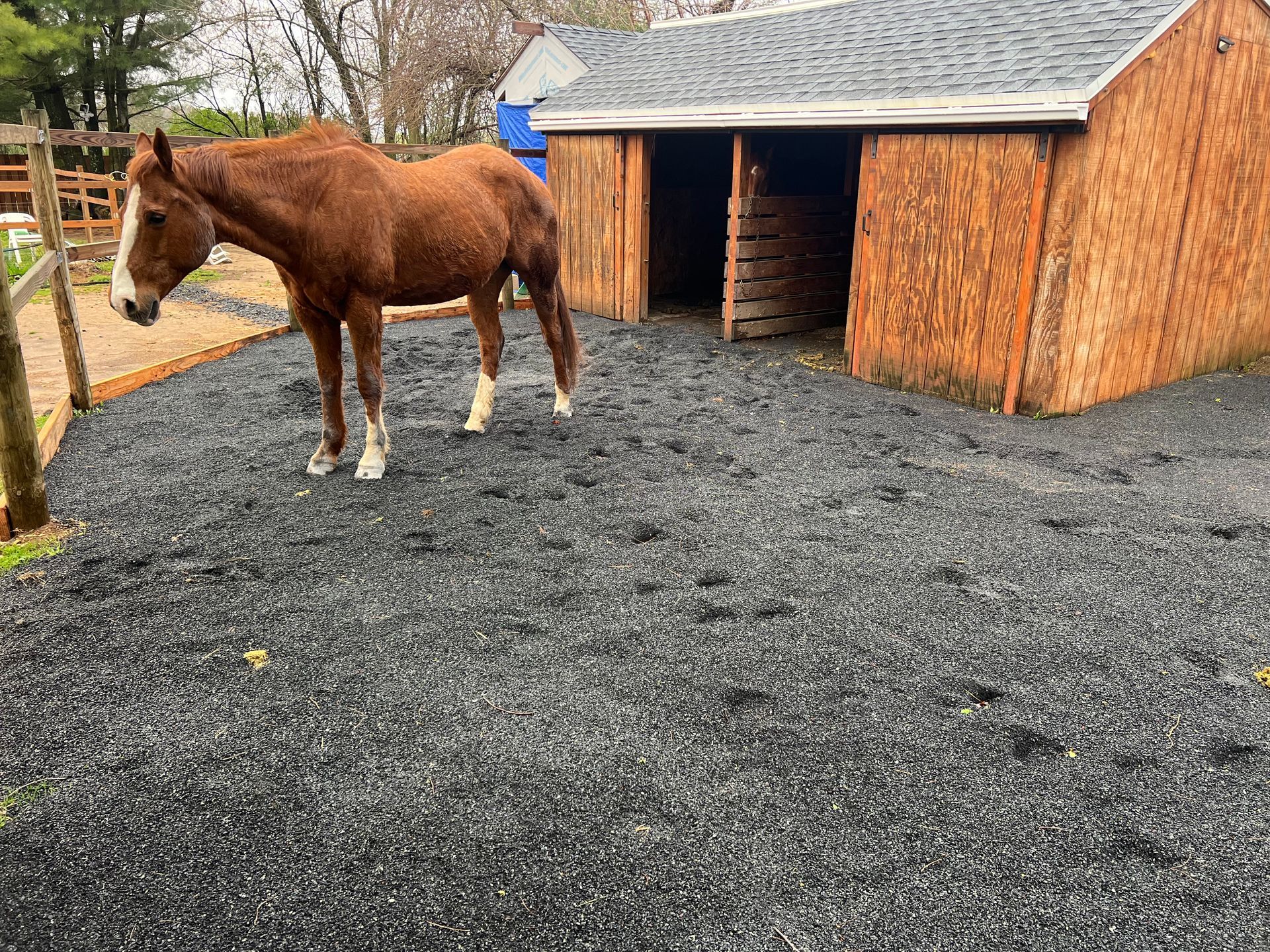See you in 4 weeks!
One Minute Discussion #3
Discussing Natural Hoof & Horse Care
One Minute Discussions #3
Discussing Natural Hoof & Horse Care
SEE YOU IN 4 WEEKS!
What’s the trimming schedule for your horses? 🤔What is the ideal trimming schedule? Many people will debate that their horse can go many weeks, or even months without trimming. But is that healthy for the hoof?
The average hoof wall grows at a rate of 3/8 to 1/2 inches (around 9 to 12 millimeters) per 4-6 weeks. That’s a lot of grown within that period of time! 😳
Now imagine you’re walking on half an inch of excess growth at the bottom of your feet. It’s uncomfortable, it’s painful, and walking feels weird, especially if you have these “swimming fins” on your feet😬. That’s how it feels for the horse to walk around untrimmed. Not to mention how uncomfortable it is for the horse to carry the weight of the rider on these overgrown feet. One principle has to be kept in mind… The longer you stretch the schedule the more problems you’ll have with your horses hooves🤷🏻♂️!
So what is the ideal trimming schedule? 4-5 week… for extremely healthy feet you can stretch it to 6 weeks. When it comes to laminitic hooves, or severely overgrown, pathological, then you HAVE to trim them at 2-3 weeks. Once I heard a pretty interesting phrase - “If your farrier is coming out to trim and using his/her nippers, then you can be sure that the hoof is overgrown and you should probably shorten the trimming schedule. When there’s a farrier visit, the tools that should be used the most are the rasp and knife”. 💯Pretty cool statement💯!
Are you saving 💰 money 💰by stretching the schedule? ❌ NO! ❌The longer the schedule the more distorted a hoof will be. And the more distortion there is, the more likely your horse will have problems, not just with hooves but with the body. At the end of the day if you count the vet bills, massage therapy, supplements and medicine you’re giving to your sick horse, it’s worth just shortening the trimming schedule and keeping the hoof healthy and in peak performance✅.
In what situations is it safe to stretch the trimming schedule? In rare cases. Only if the horse has fantastic feet or is self-trimming. Standing in a concrete barn alley and stomping flies IS NOT self trimming😆! Self trimming happens when the horse wears the hooves down on rocky/hard terrain by running many miles a day🐎. I don’t think there’s a lot of horses that do that in captivity.
So if owners want healthy hooves and want to see progress its best to shorten the trimming schedules! Your horses will thank you🙏🏻!
Thanks for reading!
Check out my website for cool articles and hoof photos!
https://denysantonenko13.wixsite.com/my-site
856-238-3533
Oh and check out this article!👇🏻👇🏻👇🏻
https://scootboots.com/blogs/blog/how-often-should-you-trim-your-horses-hooves
Denys A.

